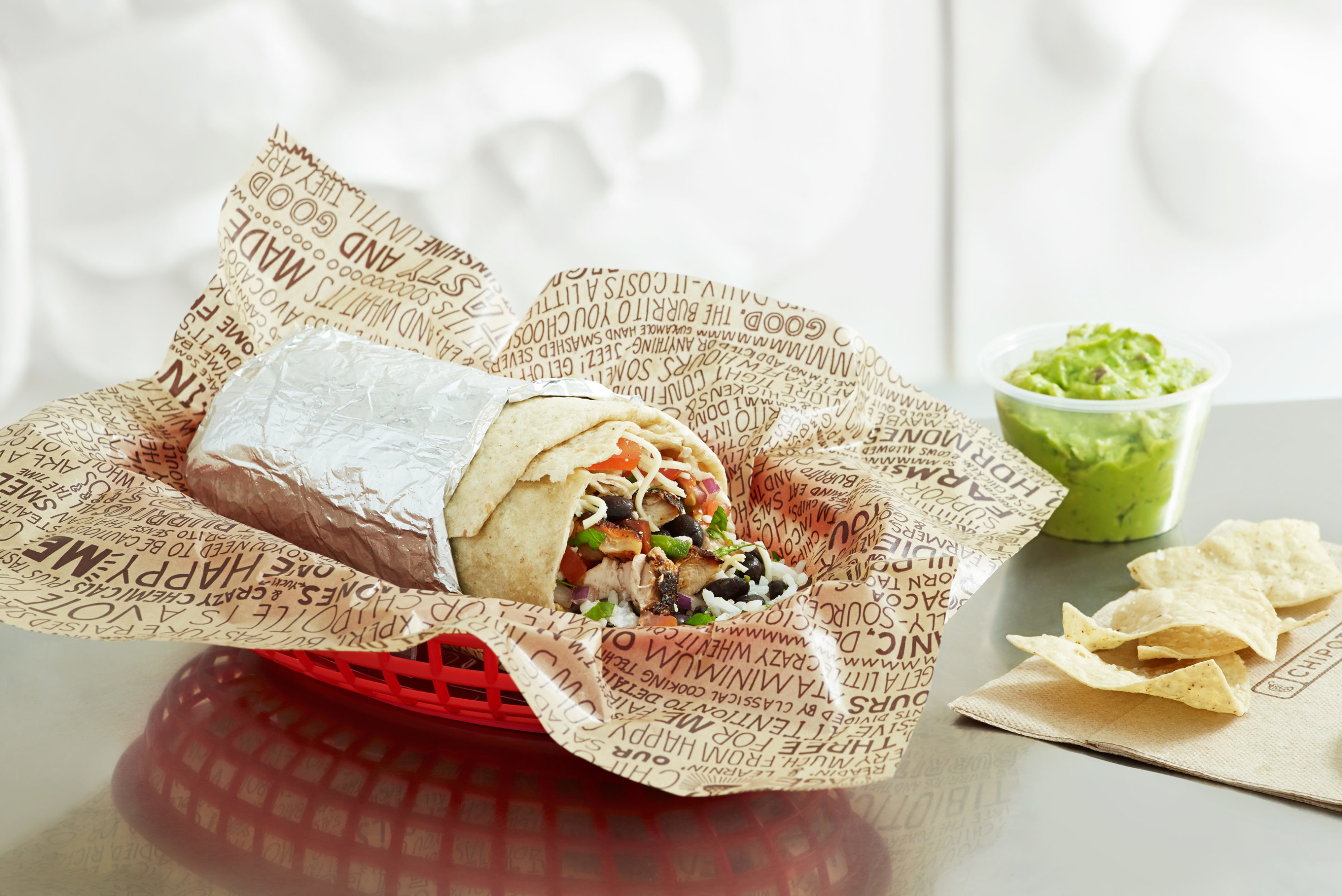The Strategy Behind Chipotle's Loyalty Play

Photo Caption: Offering a loyalty program was a top request of Chipotle customers.
Skift Take
What makes customers spend money with Chipotle? The loyalty program will go a long way in helping the company to figure that out and influence future purchasing behavior.
Investing in a well-built digital loyalty program was not something that took a lot of convincing among Chipotle's leadership team. Executives had been hearing from customers for quite awhile that they wanted access to a loyalty program, it was just a matter of figuring out what that looked like for Chipotle.
After months of market testing, the company rolled out the program, dubbed Chipotle Rewards, nationwide this week. Users earn one point for every $10 spent, with free entrées handed out after every $125 spent. New users are given free chips and guacamole after their first purchase, and, to further boost the launch, Chipotle partnered with Venmo to drop $250,000 worth of free money into Venmo users' Chipotle Rewards accounts. Venmo also created a Chipotle emoji for the launch, making Chipotle the first restaurant brand to have one on its platform.
"The engagement with the partnership and how we’ve launched with Venmo have exceeded both of our expectations in terms of what the response has been and how excited people have been about it," Curt Garner, Chipotle's chief technology officer, said in an interview on Wednesday. He noted that Venmo and Chipotle have been talking about ways to work with each other for some time, and the loyalty launch provided the right opportunity for the two brands to partner.
"Part of that was driven by the fact that they’ve let us know that we are one of the most discussed brands on their platform," Garner said.
Chipotle declined to name which tech providers are powering its loyalty program, saying that it is working with several different players in the market. "We took the approach that we didn’t want to have all of the capabilities and functionalities in the hands of one entity," Garner said.
Customer Data Access
Now that the program has opened up to a nationwide launch, Chipotle will be able to gather a lot more data about all types of customers and their purchasing behaviors. New loyalty members provide their name, email, phone number, zip code, and birthday (the last two data points are optional) when signing up for Chipotle Rewards.
Chipotle's CEO, Brian Niccol, had previously noted earlier this year that the loyalty market tests had demonstrated the power that they'll have with the new program to influence future customer purchasing behavior.
"Enrollment has exceeded our expectations," Niccol said at an industry conference in January. "But what's great about the enrollment is it's a lot of light and lapsed users as opposed to just your heavy users signing up. And the reason why that's important is because once we get the information, we then have the ability to now test what actually does change people's purchase behaviors."
The company will be able to learn what makes certain customers spend more money, whether that's through promoting certain food items or discounting on certain occasions.
After the nationwide launch, Garner said that, on the customer-facing end, the data will be used to provide a more personalized experience for each user on both the Chipotle app and website. On the operational side, the information can also be used to inform future menu innovation and help Chipotle decide where to open up new restaurants.
And that's just scratching the surface. "I certainly feel like this data is going to help us in ways that we might not even know of today," Garner said.
The Full Digital Experience
The new loyalty program is just the latest development in Chipotle's forward-looking approach to restaurant operations. Chipotle launched a completely redesigned website on February 11. Mobile pickup shelves are scheduled to be deployed in every restaurant by the end of this month. The digitized second make lines will be outfitted in all locations within the next several months.
The work is paying off in both Chipotle's steady digital sales growth, and revenue growth overall. Digital orders accounted for half a billion dollars worth of sales, or 10.9 percent of total sales, in 2018. That's a 42 percent increase in digital orders from the prior year. Total revenue increased 8.7 percent, to $4.9 billion, in 2018.
"I don’t have any particular [future] target that I’ve set, or that we’ve set as a company, for what [overall] percentage of sales will be digital," Garner said. "We just want to make sure that we’re providing as much access as possible to as many people as possible, for as many different situations as possible."
